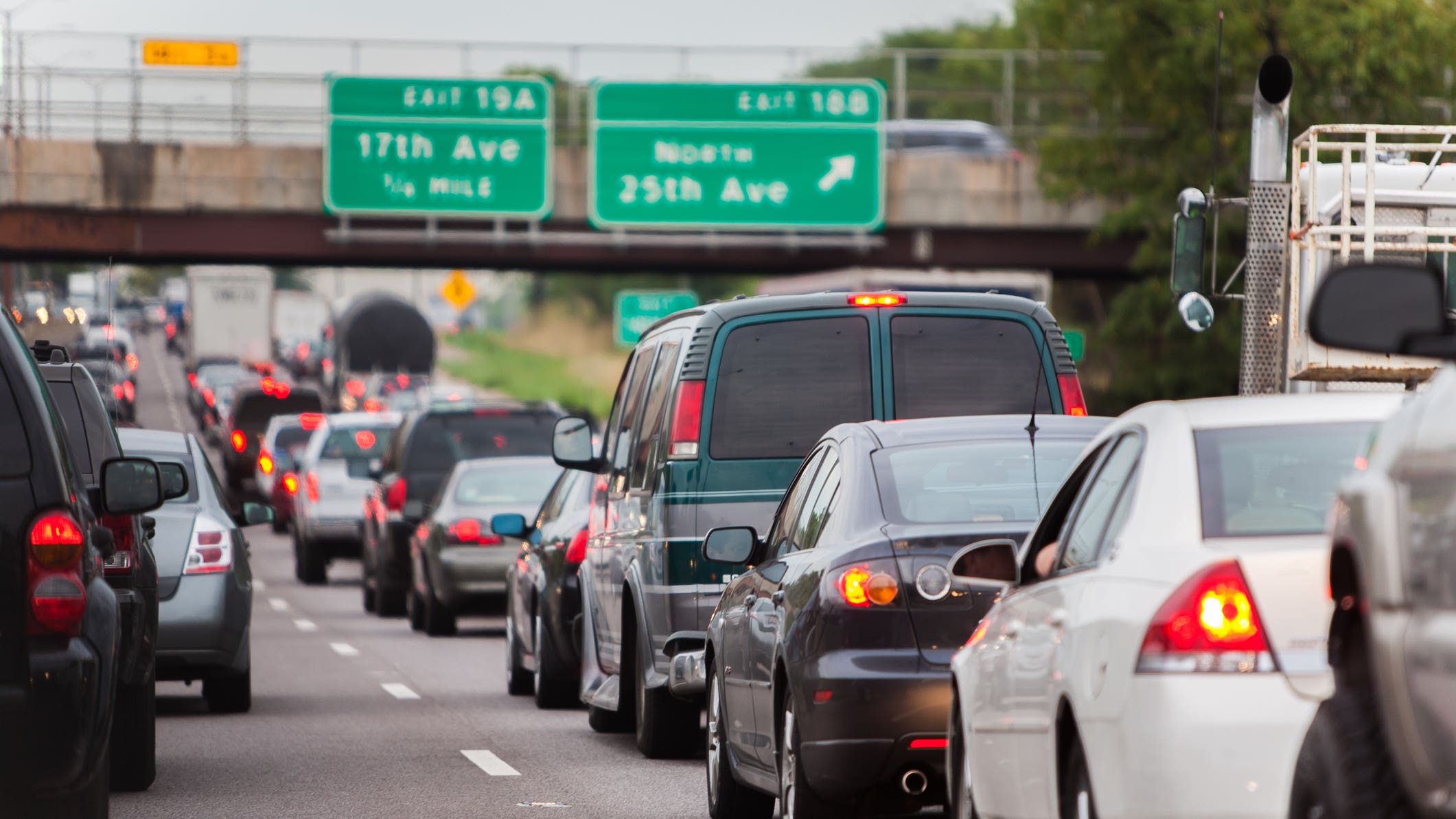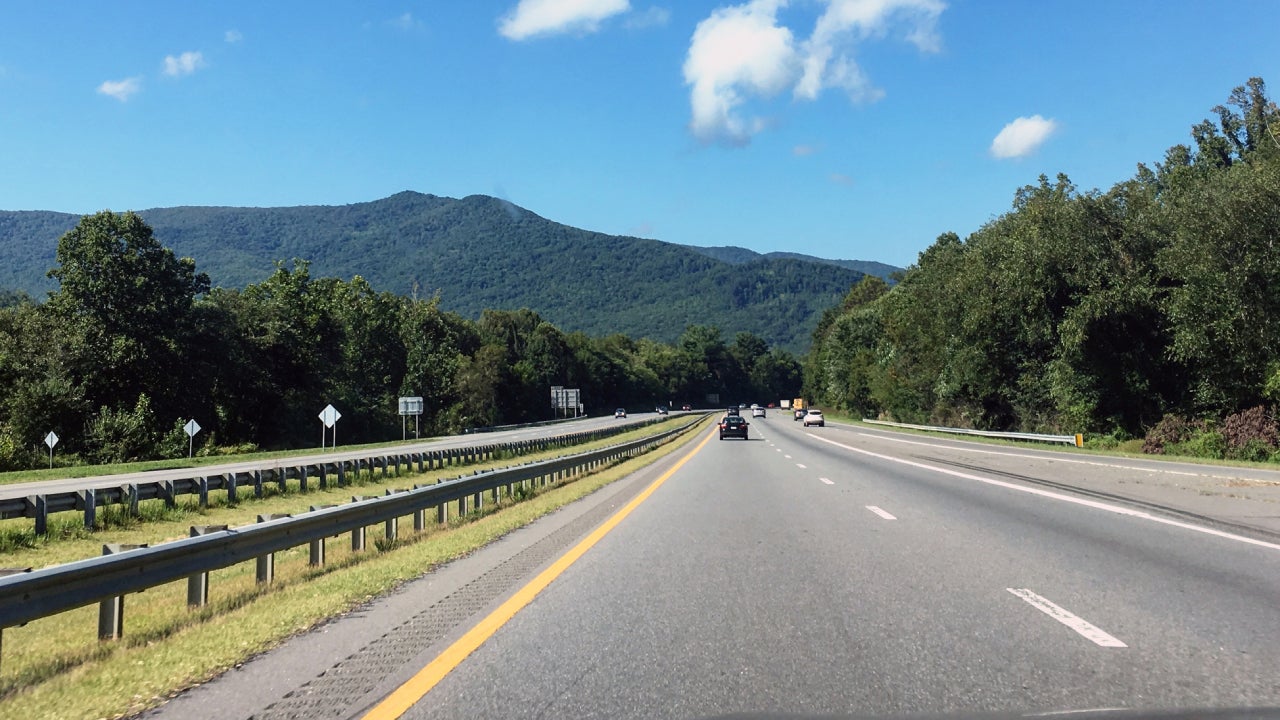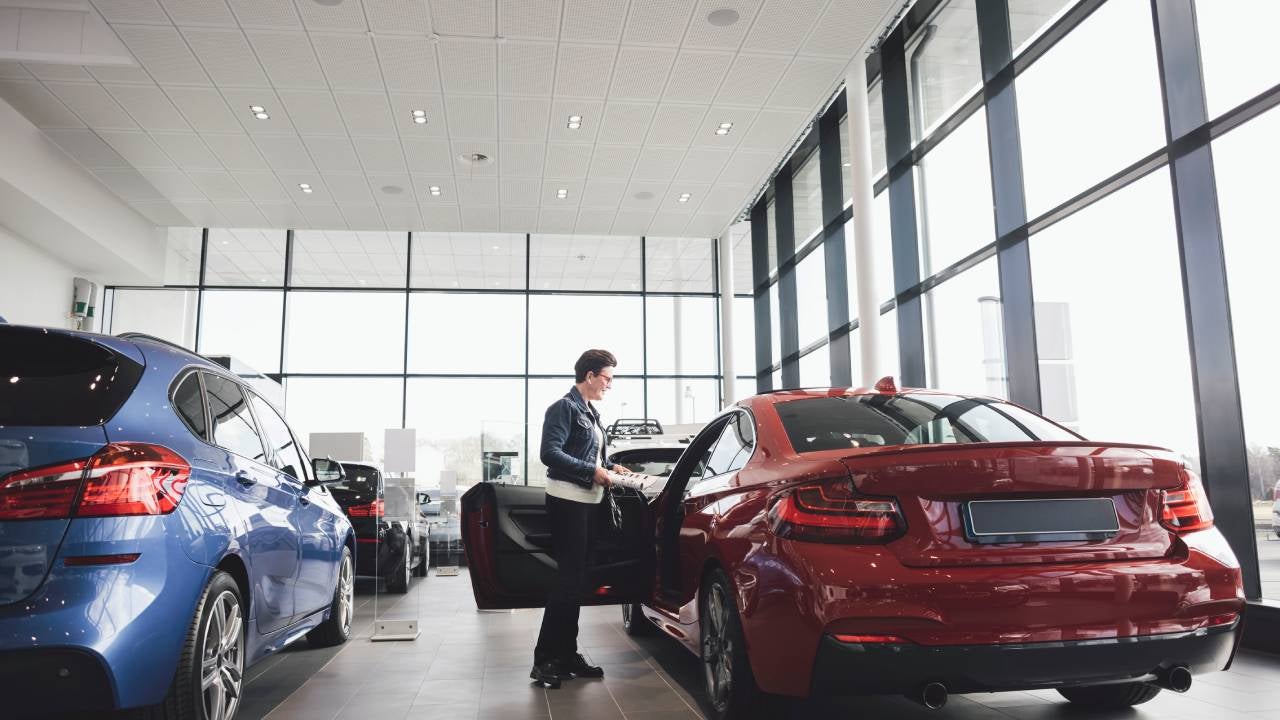Driving is back to pre-pandemic levels

Key takeaways
- From March 2020 to March 2022, the cumulative miles driven in the U.S. climbed by 22 percent (Federal Highway Administration).
- In the second quarter of 2023, 42 percent of workers returned to the office full-time (The Flex Report). Despite this, 89 percent of the workforce supports remote work, hybrid work or a four-day workweek (Bankrate Study).
- Bodily injury and personal property auto insurance claims have risen significantly since 2019, the year before the pandemic hit (LexisNexis).
- The average cost of full coverage car insurance increased from $1,674 per year in 2021 to $2,014 per year in 2023 (Quadrant Information Services).
COVID-19 changed many facets of our lives, including our driving habits. Instead of hitting the road for daily commutes or weekly errands, many vehicles remained in park. The end of pandemic-related restrictions brought more Americans out of their homes and behind the wheels of their vehicles. According to the Federal Highway Administration, Americans clocked an estimated 277.4 billion miles driven in March 2022, a 2.9 percent increase from March 2021 and nearly 51 billion more miles than were driven in March 2020.
With roads more crowded than they’ve been in recent years, Bankrate’s insurance editorial team is taking a closer look at how these new driving patterns are affecting insurance.
Vehicle traffic rebounds to near pre-pandemic levels
Now that 50 percent of companies want employees back in the office five days a week, and our leisure activities are no longer restricted by mask mandates and six-foot social distancing rules, an increasing number of people are relying on their cars to get around. In March 2020, during the height of lockdown, vehicle use plummeted to a meager 226.6 billion miles — the lowest rate since the same month in 1999. By the end of 2022, the total miles driven ballooned to 753.7 billion.
At the national level, traffic congestion increased from 36 hours per year in 2021 to 51 hours in 2022, figures that are still well below pre-pandemic levels. This could partially be due to the continuing popularity of hybrid and remote work models. However, the city-by-city data tells a different tale. A study from Axios shows that several cities, like San Diego, Phoenix and Houston, are inching closer to their pre-pandemic traffic volume.
An increase in driving typically correlates to an increase in spending, so Bankrate took an in-depth look at the cost of commuting. We found that, on average, Americans spend nearly $8,500 on commute-related expenses per year, with an overwhelming majority of commuters getting to the office by car. The woes of commuting could play into the overwhelming amount of workers who prefer remote work. Despite a growing number of employees being called back to the office, Bankrate found that 64 percent of workers support a hybrid work model over being fully in-office.
Use it or lose it: lockdown made us worse drivers
Although the pandemic may have left us with better hand-washing habits, it made us worse drivers. A study from the Insurance Institute for Highway Safety focusing on Virginia reported that, during the pandemic, emptier roads seemingly enticed drivers to speed during commuting hours. Even when roads began to fill up more following lockdown lifts, drivers continued to speed. During weekday commuting hours, the percentage of vehicles going at least 10 miles per hour over the speed limit increased around 43 percent between 6 a.m. and 9 a.m. and 63 percent between 3 p.m. and 6 p.m.
And we’re not only driving faster, we’re driving distracted. A study from Travelers Insurance on distracted driving showed that 70 percent of Americans believe that distracted driving is more of a concern now than it was in the past — with good reason. The National Safety Council reports that in 2022, preventable traffic crash deaths rose by 18 percent compared to pre-pandemic numbers.
The psychological stress of the pandemic had an effect on our driving habits, particularly on situational awareness. A peer-reviewed study published in the Journal of Transport & Health revealed that the pandemic significantly worsened drivers’ situational awareness, including the ability to judge the speed of oncoming traffic. This resulted in increased numbers of erroneous turns, poor steering and misuse of driving pedals and culminated in more serious car accidents.
Insurance claims and costs are on the rise
As one might expect, these new driving habits have affected car insurance claims and costs. Bodily injury and property damage claims have risen 35 percent since 2019. Collision severity has also soared by 40 percent.
With car insurance costs, more claims typically equate to higher rates, and Bankrate’s data supports this. Each year, Bankrate evaluates the true cost of auto insurance and takes a close look at how costs change from one year to the next by analyzing rate data from Quadrant Information Services. Based on our findings, from 2021 to 2023, the average cost of full coverage car insurance rose by 20 percent, with rates increasing 14 percent between 2022 and 2023 alone.
How to practice safe driving in a post-pandemic world
As we adjust to the “new normal,” it’s important to hone our safe driving habits. To help Americans get from point A to point B without incident, Bankrate put together some tips on how to mitigate dangerous driving conditions post-pandemic.
Get in the right mindset behind the wheel
It’s important to keep large emotions in check before you start your engine. Anxiety, stress, sadness and anger can all result in dangerous driving. Before you put your key in your ignition, take a couple of deep breaths to focus and feel centered. This is especially important for commuters, who may feel excess stress returning to the office; 31 percent of workers admit that their career negatively affects their mental health at least occasionally.
Eliminate distractions
Although distracted driving is an increasing problem, it is also a preventable one. An easy way to feel more focused on the road is to queue up your podcast or playlist while you are still parked, then put your phone on driving mode. Make sure your seat is comfortable, your mirrors are adjusted and, if you can, pair your phone with your vehicle’s Bluetooth system to take incoming calls hands-free.
Consider purchasing extra insurance coverage
Now might be a good time to consider collision insurance. This kind of car insurance coverage is not required by law but offers financial protection for damage sustained by your vehicle in a collision you cause. With accident severity on the rise, it may be worthwhile to set aside some time to chat with your insurance agent about why this coverage is important and how much it might cost to add to your policy.
Review your insurance limits
While reviewing your auto policy with a fine-tooth comb probably isn’t anyone’s idea of a great time, it could save you thousands in the long run. Your state’s minimum insurance requirements may not be enough to cover the fallout from a serious accident, so you might consider raising your limits for more robust protection. A car accident with evident injuries amounts to an average of $40,000 in damage, and with collision severity on the rise, it might be wise to take a look at your limits.
Inflation can also play a hand in your insurance limits. If it’s been a while — think several years — since you reviewed your policy, your policy limits may not be high enough to account for the higher cost of vehicle repairs or replacement. Inflated costs across the board combined with ongoing vehicle parts shortages have resulted in repair costs climbing by nearly 20 percent. Speaking with a licensed insurance agent can help provide greater clarity about how much coverage you actually need.
Frequently asked questions
-
-
A Federal Highway Administration study of travel trends indicates that driving levels surpassed pre-pandemic mileage in 2022. However, lower traffic congestion levels imply that driving patterns may not be what they were before COVID-19. With the advent — and growing preference — of remote and hybrid work, it is difficult to tell if driving will ever reach pre-pandemic heights.
-
In a way, yes. How much you drive factors into how much you pay for your insurance, and those who commute to the office typically drive more. The more you drive, the more exposed you are to accidents and other things your insurance may cover. To compensate for the added risk, insurers typically charge higher rates to those who drive more. If you use your vehicle infrequently and are looking to pay less for your coverage, you might consider low-mileage insurance.
-
The pandemic has seemingly touched all parts of life, and car insurance is no exception. By mid-2020, insurers recognized that many drivers would be using their vehicles less and offered $14 billion in total insurance refunds. The pandemic also made usage-based insurance more popular. An impressive 60 percent of drivers reported that they are okay with insurers pricing premiums based on driving habits.
-
According to a survey from Nationwide, yes. About 81 percent of people believe that drivers have become more aggressive compared to 2020. It’s difficult to point to one reason for the uptick, but it’s impossible to deny the irrevocable impact the pandemic has had on our world.
-
You may also like

Tampa housing market: Everything you need to know





